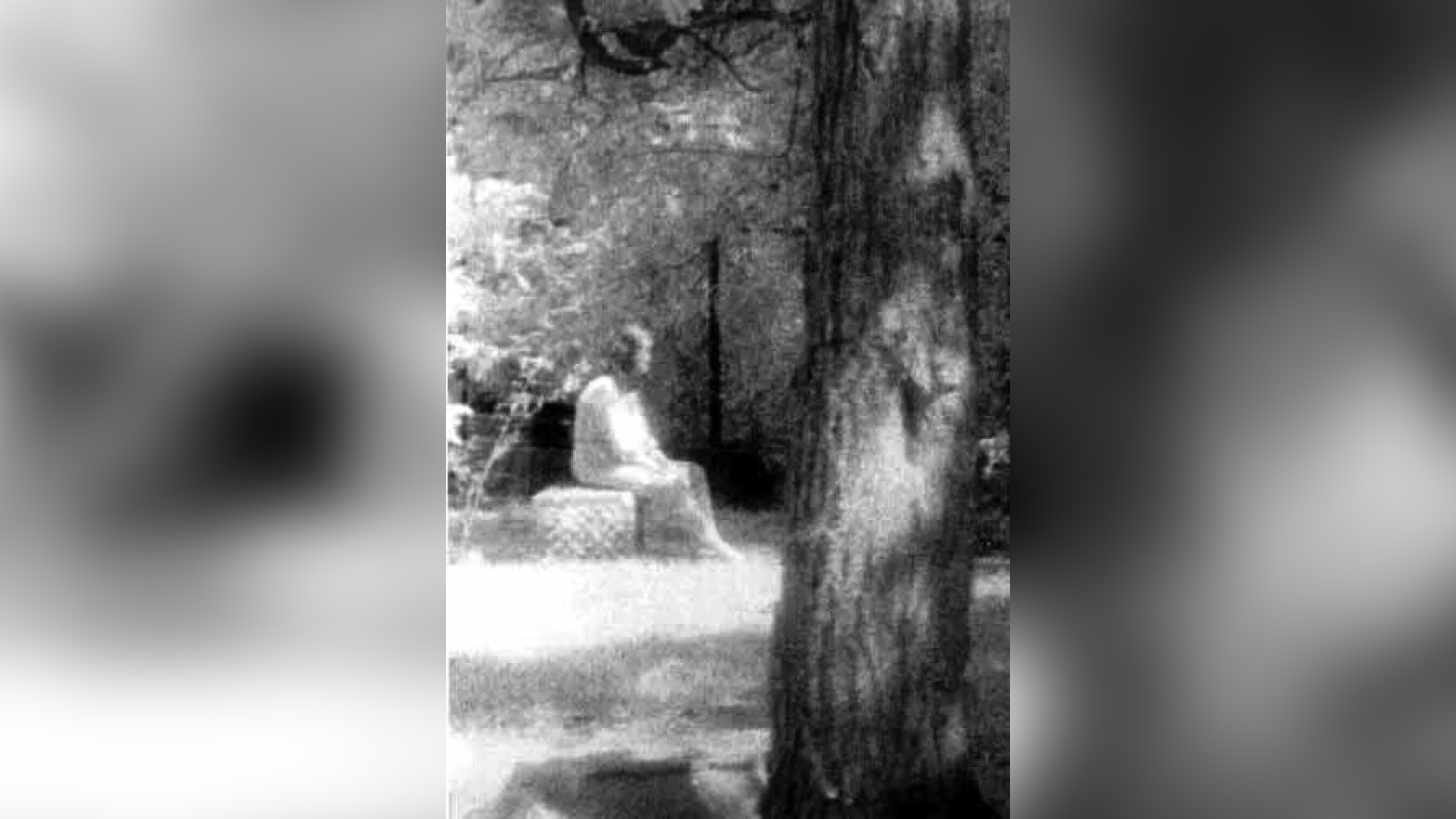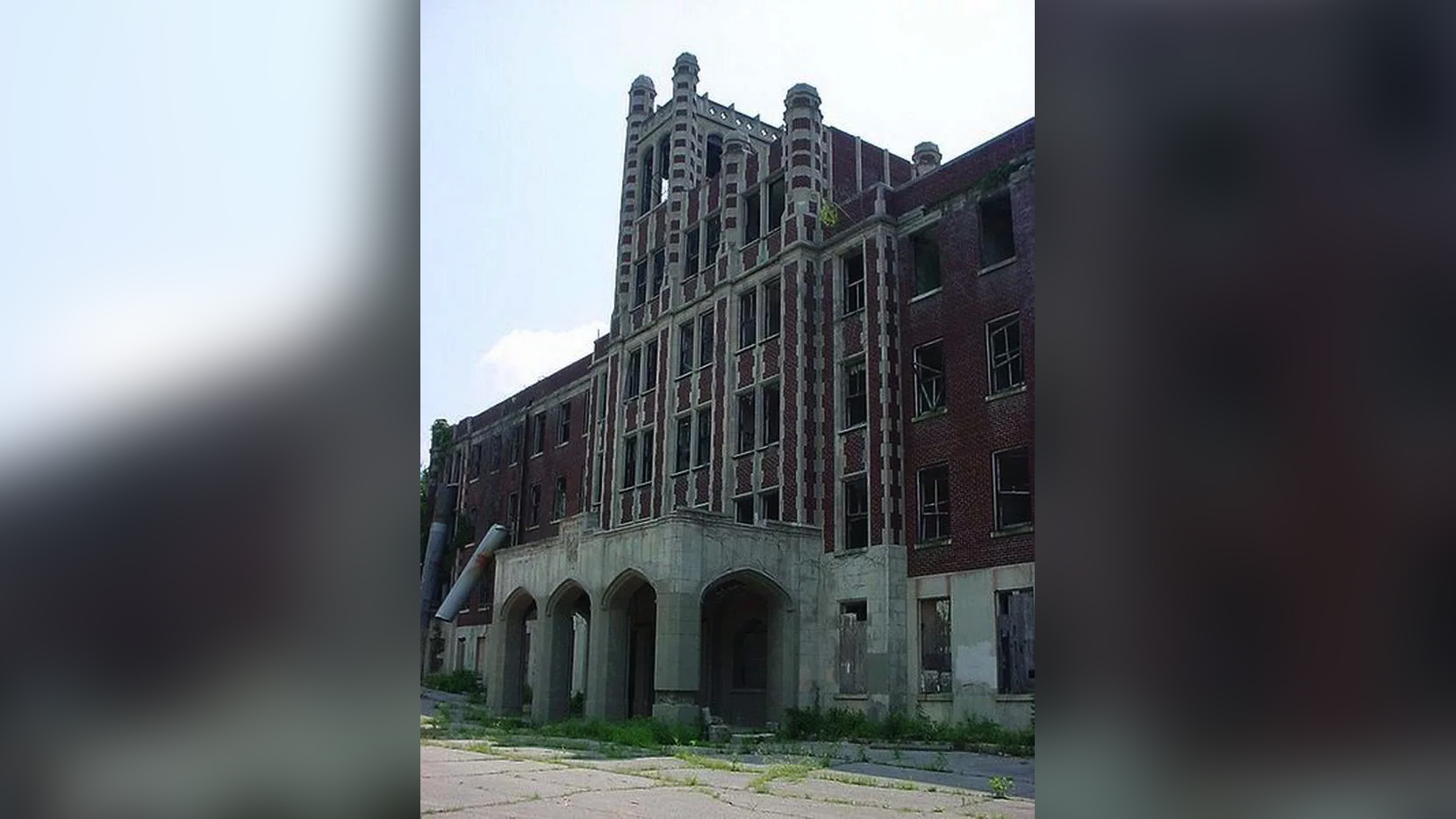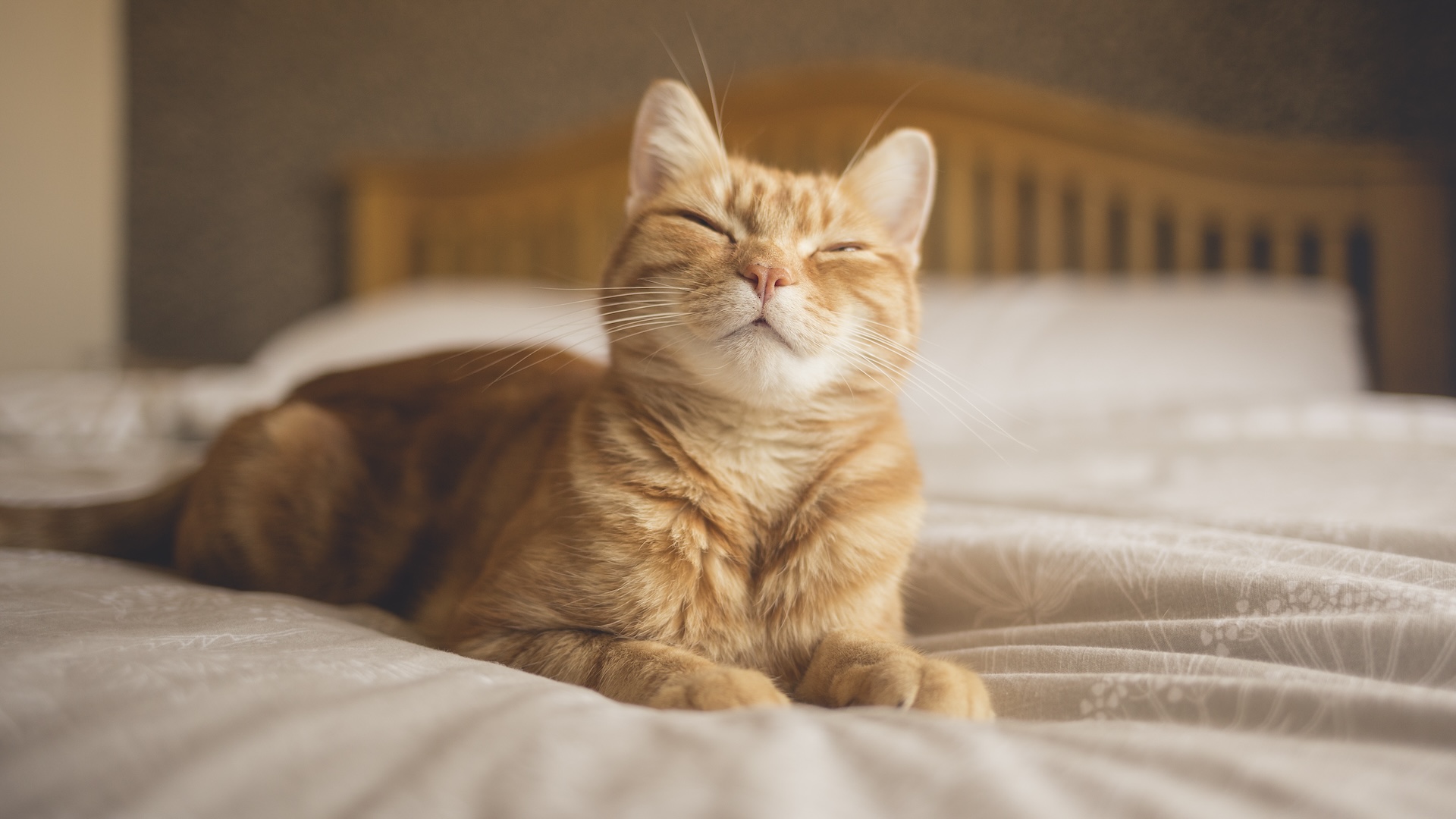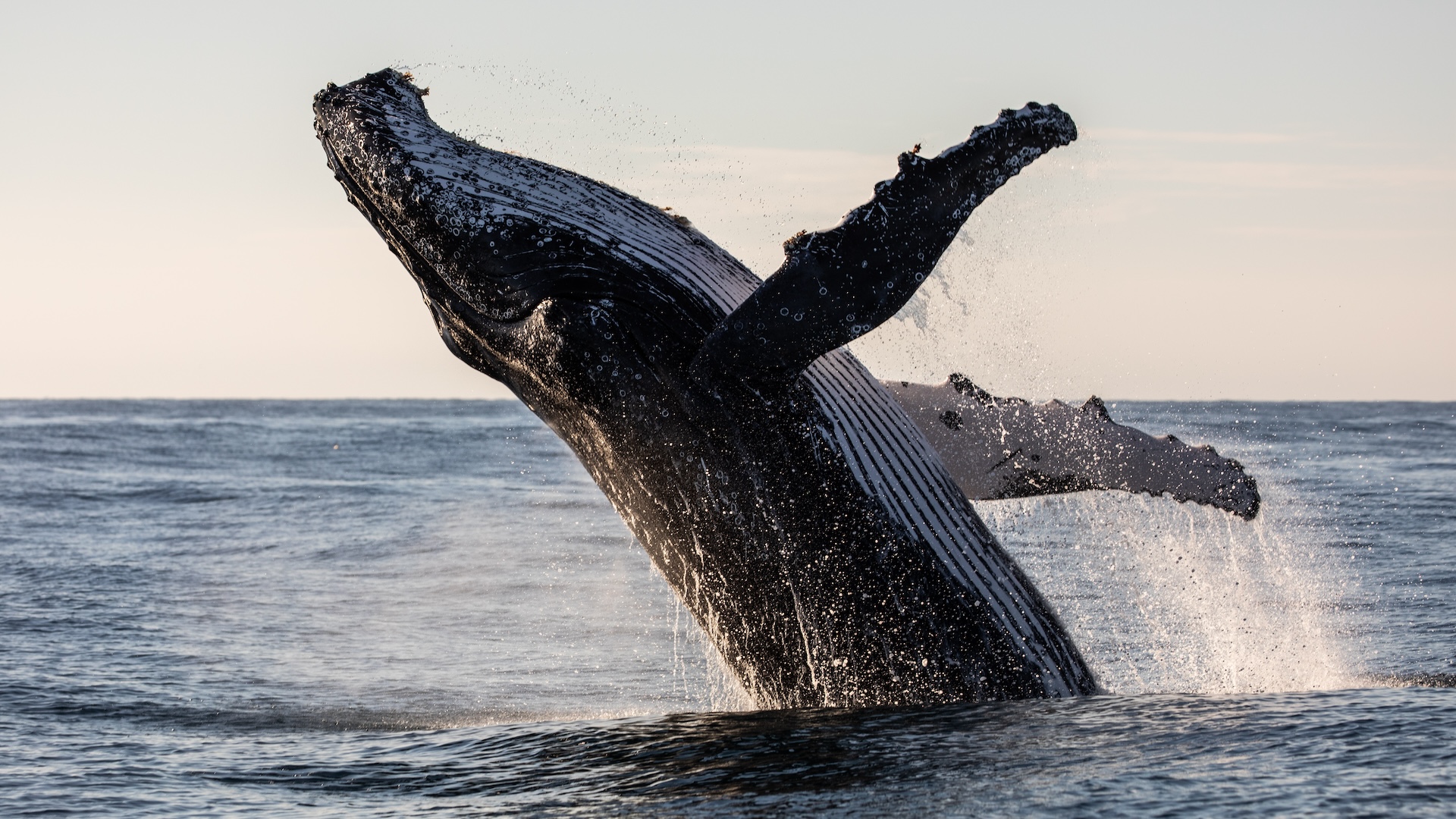11 of the most haunted places in the US
From a former sanitarium to a well-known lighthouse to a battlefield from the American Civil War, here are the most haunted places in the United States.

You don’t need to believe in ghosts to enjoy a ghost story about some of the most haunted places. The tales that have grown over generations around reputedly haunted houses can take on a fantastic life of their own in folklore, and the stories that surround a place can influence our experiences of them. All it takes is a creepy place, a touch of imagination and a glimpse of something unexpected, only half seen. So prepare to suspend your disbelief for this countdown of the histories of 11 of the most haunted places in the United States.
Waverly Hills Sanatorium

This grim, bat-winged building is the archetype of the haunted hospital or insane asylum. The first hospital on this windswept hill on the edge of Louisville, Kentucky, was built in 1910 to treat victims of the "white plague" of tuberculosis that was ravaging the country.
At the time, there was no known cure and the disease was often fatal. In some cases, doctors tried experimental methods to help ease the symptoms, and stories emerged of illicit medical experiments in which the cure often proved as fatal as the disease. Certainly the sanatorium was the scene of many deaths over the years, although claims that more than 60,000 patients died there are exaggerated, according to surviving records from the hospital. Historians say the real number was likely closer to 8,000, with a total of 152 deaths in 1945, the worst year of the epidemic.
Waverly Hills served as a geriatric hospital from the 1960s until the 1980s, and several stories about the spooky old hospital are based on rumors from this time that patients were mistreated, including claims that radical treatments such as electroshock therapy were used.
In the years since Waverly Hills was closed for good, wanderers, thrill-seekers and ghost hunters who found their way inside the building have told of slamming doors and strange noises in the deserted building. Others reported hearing footsteps and the screams of patients have from empty rooms. Ghostly, shadowy forms have been said to gather in the building's dark recesses and are said to follow visitors through the narrow corridors. Phantom footsteps and voices reportedly echo along the "death tunnel," or "body chute" — an underground tunnel that leads from the hospital to railway tracks at the bottom of the hill, to transport the dead away from the hospital where the living patients would not see them.
Several stories center on the fifth floor of the hospital, where tuberculosis patients with mental disturbances were reportedly treated. In particular, Room 502, where two nurses are said to have killed themselves — one by hanging, the other by jumping to her death — is said to be haunted. Some visitors claimed to have seen mysterious shapes moving in the windows, or to have heard voices telling them to "get out."
New Jersey's Pine Barrens

The vast forested region now known as the New Jersey Pine Barrens thrived in the colonial period, when it was home to several saw mills, paper mills and towns for the people who worked in them. But its prosperity and population declined sharply when coal was discovered in nearby Pennsylvania and people moved there instead. The remains of several "ghost towns," as well as more than a few ghost stories, survive. The spirit of the pirate Capt. William Kidd, who frequented New Jersey's Barnegat Bay, has sometimes been seen there, and a ghostly black dog is said to roam the beaches and the forests of the coast.
One of the most famous supernatural stories of the Pine Barrens is the tale of the Jersey Devil. According to the State of New Jersey, the creature was born in 1735 as the 13th child of Deborah Leeds, the wife of a rival of Benjamin Franklin (who may have contributed to the tale); some versions of the story say she was a witch and that the father of the child was a devil himself. According to the legend, the baby was born with leathery wings, a goat's head and hooves; it reportedly flew up the chimney of the room, where it was born and has been killing livestock in the region ever since.
By the late 1700s, what was then known as the "Leeds Devil" had become a popular ghost story in the southern New Jersey area, and by the 19th century, it had grown into a local legend. It was supposedly seen by Joseph Bonaparte, the brother of Napoleon Bonaparte and the former king of Spain, who had built a mansion in the Pine Barrens, where he lived after his exile in 1813. In the 1840s, the creature was blamed for attacks on livestock that were accompanied by bloodcurdling screams, and it began to be spotted regularly in the area. The largest spate of sightings came in 1909, when newspapers published hundreds of claims by people who said they'd encountered the "Jersey Devil" in several parts of South Jersey and in Philadelphia. The widespread newspaper coverage prompted several schools in the Delaware Valley to close and workers to stay home, while vigilante groups roamed the countryside in search of the beast.
Savannah, Georgia

Home to dozens of celebrated haunted houses and hundreds of ghost sightings, Savannah is often called "the most haunted city in the United States" — especially by its many ghost tour operators, who often begin with a visit to the city's historic Bonaventure Cemetery, a tangle of stone tombs, eerie statues and spooky trees laced with Spanish moss. Among the cemetery's resident ghosts is that of Gracie Watson, a 6-year-old who died of pneumonia in 1889. Her ghost is said to haunt the life-size statue that stands over her grave, which like several other funereal statues in the cemetery are sometimes said to move as if they were alive, while the sounds of children playing or crying is sometimes heard nearby.
Savannah's Hampton Lillybridge House was built in 1797 and was relocated to its current location several years later — despite the discovery of a mysterious crypt beneath the new property, which has never been opened. Since then, no fewer than 26 families who have lived in the house have complained of various ghostly goings-on that forced them to move out. These strange encounters included furniture moving around and doors locking themselves.
The most famous haunted house in Savannah may be the Sorrel-Weed House, which appeared in the opening shots of the 1994 film "Forrest Gump," directed by Robert Zemeckis The Sorrel-Weed house is said to be haunted by at least two vengeful ghosts: the wife and the rival lover of shipping merchant Francis Sorrel, who built the house in the 1840s. Francis' wife, Matilda Sorrel, allegedly jumped to her death when she discovered her husband’s infidelity — but historical researchers point out that by the time of her reported suicide in a "moment of lunacy," the Sorrel family had moved out to another property next door.
The White House

The most famous address in the United States — 1600 Pennsylvania Ave., Washington, D.C. — is also famously haunted. Since 1800, the White House has been the home of the president of the United States, starting with the second president, John Adams — and the ghost of his wife, Abigail Adams, has been seen there, sometimes walking through walls or carrying laundry to dry in the East Room, according to History.com. The ghost of the third president, Thomas Jefferson, has been heard playing the violin in the Yellow Oval Room. The ghost of the seventh president, Andrew Jackson, is said to have been seen lying on his old bed, while the sound of his "guttural laugh" has often been reported, including by first lady Mary Todd Lincoln. The ninth president, William Henry Harrison, is said to haunt the attic of the White House, while the 10th president, John Tyler, is said to haunt the Blue Room.
Many of the ghostly sightings and events revolve around Abraham Lincoln; the ghost of the assassinated 16th president has been reported so many times that the phrase "Lincoln's ghost" has become well known. Some of the most famous of these events are multiple sightings in 1940 by British Prime Minister Winston Churchill, who was spending a night in the Lincoln Bedroom. Churchill claimed to have just climbed out of the bath, naked but smoking his habitual cigar, when he encountered Lincoln's ghost leaning on the mantelpiece above the fireplace, according to a blog entry by the National Constitution Center, a U.S. nonprofit. Churchill said, "Good evening, Mr. President; you seem to have me at a disadvantage," and then the ghost smiled and disappeared. (Churchill said he then moved to a bedroom across the hall.)
Two years later, in 1942, Queen Wilhelmina of the Netherlands reported seeing Lincoln's ghost, dressed in a top hat and frock coat, standing at the door of her bedroom during a visit to the White House — and fainted at the sight. Many others — including U.S. Presidents Harry S. Truman and Theodore Roosevelt, first ladies Grace Coolidge and Eleanor Roosevelt, and dozens of White House aides and staffers — have reported seeing apparitions or hearing ghostly footsteps or knocks that they have attributed to Lincoln's ghost..
Whaley House

Whaley House in San Diego is "[t]he most haunted house in America," according to Life Magazine. The home was built in 1857 on the site of a former graveyard and gallows. Over the years it has served as a family home; a grain store; the San Diego county courthouse; the city’s first commercial theater; a ballroom; a billiard hall; and a school. It subsequently opened as a museum in 1960.
The oldest resident ghost at Whaley House is said to be the convicted robber "Yankee Jim" Robinson, who was hanged in 1852 from a gallows that stood on the property before the house was built. According to a newspaper report, as the wagon holding him beneath the gallows moved away, Yankee Jim dragged his feet on the wagon for as long as possible, before swinging like a pendulum and slowly strangling to death.
Although Thomas Whaley, a settler and merchant, witnessed Yankee Jim's gruesome execution, that didn't prevent him from purchasing the property a few years later and building a house there. But within a few weeks of moving in, the Whaley family reported hearing heavy footsteps, as if made by the boots of a large man.
The reports of footsteps and other sounds have persisted for more than 100 years: The youngest daughter of the family, who lived in the house until 1953, was reportedly convinced that it was haunted by the ghost of Yankee Jim, and visitors to the museum in the 1960s also reported hearing a phantom walking noise.
Other visitors say they’ve seen the ghosts of the Whaley family themselves, and the ghost of a woman in a long skirt in the former county courtroom. One parapsychologist reported that he saw a phantom dog running inside the house, similar to a fox terrier — the type of dog owned by the Whaley family.
Bachelor's Grove Cemetery

This small cemetery in a forest on the outskirts of Chicago has earned a reputation as the most haunted graveyard in the United States, thanks to more than 100 documented sightings of ghosts, strange lights and other suggestively supernatural episodes.
During the 1950s, after an outbreak of vandalism at the remote site, several people claimed to have seen an entire phantom farmhouse shimmering above the graveyard, which receded as they approached it. Others say they have seen the ghost of a farmer and his plow horse who died when they were dragged to their death in a nearby pond.
Some people driving on the roads near the cemetery at night have reported encounters with a phantom 1940s "gangster"-style car that appears on the road in front of them, before turning off the road and disappearing. Others claimed to have crashed into the phantom car at a sharp curve in the road — but after the shock had passed, there was no damage, and no other car.
In 1991, the Chicago Sun-Times newspaper ran a celebrated photograph taken by a visitor to the graveyard, showing what appeared to be the semi-transparent form of a woman in an old-fashioned dress sitting on a gravestone. The photographer, part of a paranormal research team, claimed that the woman was not visible when the photograph was taken. The figure in the photograph has become known as the "Madonna of Bachelor's Grove," and may be linked to the legend of the "White Lady," the ghost of a woman buried next to her young child, and who is said to walk through the graveyard on nights of the full moon, with the infant wrapped in her arms.
Colorado's Stanley Hotel

The Stanley Hotel in Estes Park, Colorado, is famous as the remote mountainside "Overlook Hotel" featured in the 1980 Stanley Kubrick movie "The Shining." It was also the inspiration for the Stephen King novel that was made into that movie, supposedly after he'd spent a night there during a snowstorm.
The hotel was built in 1909 by Massachusetts inventor F.O. Stanley, who moved there with his wife, Flora. Flora Stanley was an accomplished piano player, and according to myth, her ghost sometimes can be heard playing the piano in the music room at night. F.O. Stanley is sometimes out of place in old photographs — a spooky trick that inspired the last scene of the movie. Staff at the hotel also say that ghosts have unpacked the bags of visitors and turned lights on and off and that the ghostly laughter of children can be heard in the hallways.
The hotel's infamous Room 217, which features in both the book and the movie, is said to be haunted by the ghost of a maid who was reportedly blown out of a window there — but not killed — in a gas explosion in 1911. That's the room that King and his wife spent the night in, according to his later interviews. But while the hotel is undoubtedly creepy, the gruesome events suggested in the book and movie seem to be entirely derived from his imagination.
It's now possible to book Room 217 at the Stanley Hotel, among other rooms. "The Shining" plays continuously on one of the in-house television channels, and the hotel conducts a thriving ghost-tour business. In addition to the ghosts of the Stanleys and the maid, a spooky cowboy is said to haunt Room 428, and hotel staff say ghosts have been seen in the tunnels under the hotel that staff once used to navigate the immense property.
New England's Covered Bridges

New England's historic covered bridges have accumulated stories of ghosts over the years. One of the best known is Emily's Bridge in Stowe, Vermont, about 30 miles east of Burlington. The spooky-looking covered bridge was the scene of a young woman's suicide by hanging in the mid-1800s, supposedly after she'd arranged to meet a lover there to elope but he didn't turn up. According to Atlas Obscura, Emily's ghost is now said to haunt the bridge, leaving claw-like gouges on passing cars and scratching the backs of people who cross the bridge on foot. Strange noises, including the sound of a woman screaming, have also been reported there. Emily's Bridge is now a fixture of Vermont's ghostly tourism industry. (However, the town of Stowe has enacted an ordinance to keep people away from the bridge at night to avoid disturbances by would-be ghost hunters.) Despite its fame, however, the story of Emily might not be true, according to the blog Obscure Vermont.
Another haunted bridge is the Eunice Williams Covered Bridge in Greenfield, Massachusetts. It's named for Eunice Williams, who was killed in 1704 after she'd been taken captive during a raid by French and Native American forces on the English settlement at Deerfield; 47 villagers died in the assault, and the survivors were forced to march for nearly 300 miles (480 kilometers), according to a local museum in Massachusetts. Williams, the wife of a local clergyman, had reportedly given birth only a few days before; she collapsed as the captives were marching by the Green River, and was killed by a tomahawk blow. Legend has it that Williams now haunts the covered bridge that was built at the spot; her ghost has been seen near the water under the bridge and supposedly has mistaken passersby for members of her family.
New Orleans

The paranormal has a distinctive local flavor in New Orleans, which vies with Savannah for the title of the Most Haunted City in America. One of the city’s most infamous haunted houses is the LaLaurie Mansion in the French Quarter. The mansion is the former home of Madame LaLaurie, a wealthy widow and prominent socialite. In April 1834, after a fire at the house, rescuers found bound slaves in a secret torture chamber in the attic who had been horribly tortured over a long period, and there were signs that others had been murdered there. When the discovery became known, the house was raided by an outraged mob of citizens, and Madame LaLaurie fled the city. Later occupants of the building have claimed it is still haunted by the ghosts of her victims.
The St. Louis Cemetery No. 1 in New Orleans has something of a reputation for the dead not staying in their graves — among them Marie Laveau, the city's historical "Queen of Voodoo," who died in 1851 but who is said to materialize above the crypt where she is buried each St. John's Eve (June 23).
The Myrtles Plantation, at St Francisville just outside New Orleans, is rumored to have been built on a Tunica Indian burial ground. At least 12 ghosts are said to haunt the plantation grounds and buildings, including Chloe, a slave who was accused of poisoning the family of the plantation owners. The ghosts of her victims, a mother and daughter, are reported to be trapped inside a mirror in the main house.
The ghost of a later owner, William Winter, is said to haunt the main staircase of the plantation house. Winter died in 1871, after being shot by a stranger who approached the house. Winter staggered inside and climbed the stairs to the 17th step, where he died in his wife's arms. It is said his phantom footsteps can sometimes be heard on the staircase, climbing to the 17th step before stopping.
Gettysburg

The largest and deadliest battle of the American Civil War took place at Gettysburg, Pennsylvania, in 1863. More than 8,000 combatants were killed at Gettysburg, and in the years since the bloody battle, an uncommon number of ghost stories have been linked to events and personalities on the battlefield. Several visitors to what is now the Gettysburg National Military Park have reported hearing sounds of battle, including phantom cannon fire and the disembodied shouts or screams of ghostly soldiers.
At a high, rocky outcrop on the battlefield called The Devil’s Den, where heavy fighting took place on the second day of the battle (July 2, 1836), several visitors over the years claim to have heard the sound of drum rolls and gunfire. Devil's Den is also said to be haunted by the apparently friendly and sometimes talkative ghost of a soldier wearing buckskin clothing, a large hat and no shoes.
Several ghost sightings have also been reported at the hill called Little Round Top, where Confederate troops were forced back from an assault on the flank of the Union forces, also on July 2, 1863 — an event regarded by many historians as a turning point in the battle. It has been claimed that some Civil War enactors who worked on the 1993 film "Gettysburg," a dramatization of the battle, met and spoke with a man in a shabby Union Army uniform who gave them some musket rounds, which they assumed were movie props — but which they later learned were Civil War rounds in pristine condition.
Legend tells that three Confederate soldiers were hanged at Sach's Bridge, a covered bridge a few hundred yards west of the Gettysburg battlefield. Some stories say the soldiers had deserted from their unit, while others say they were hanged as spies. The bridge is now a favorite site for ghost hunters, and some claim to have heard sounds of loud gunfire and galloping horses, while others reported seeing strange moving mists and inexplicable lights. Sach's Bridge was on the line of retreat for Gen. Robert E. Lee's defeated Army of Northern Virginia after the Union victory at Gettysburg, and the smell of smoke from the general’s pipe has sometimes been reported nearby.
St. Augustine Lighthouse

St. Augustine's Light Station may be the best known of the hundreds of lighthouses in the United States. The first permanent lighthouse beside what is America's oldest city was built on Anastasia Island in 1824, and the current lighthouse tower was built in 1874. Tragedy struck that year when the teenage daughters of Hezekiah Pity, a man employed on the rebuilding project, were playing around a cart used to carry building materials to the site. The cart broke loose and slid down the hill, and both girls were drowned. It is said that the laughter of the two girls at play can be heard around the tower at night; and the ghost of the older girl is said to have been seen, wearing the blue dress and blue hair bow that she was wearing when she died.
The ghost of the original builder of the St. Augustine's Light Station is also said to haunt the garden beside the tower, roaming in fury after a land dispute with the city government in the early 1880s, according to the St. Augustine Light Station & Maritime Museum. Additionally, the ghosts of at least two former lighthouse keepers are said to tread the steps and gantries of the tower late at night. One of the ghosts — that of lighthouse keeper Joseph Andreu, killed in the 1850s when he died in a fall from the tower — is said to leave a trail of cigar smoke as he makes his rounds.
Local legend holds that the island is also haunted by the ghosts of 13 pirates who were buried around the tower. But while there haven’t been any pirate graves found at the site, an archaeological team based at the St. Augustine Light Station discovered a number of historic shipwrecks nearby and other maritime remains, including traces of the wooden watchtower that served as Florida's first lighthouse.
Originally published on Live Science.
Sign up for the Live Science daily newsletter now
Get the world’s most fascinating discoveries delivered straight to your inbox.
Tom Metcalfe is a freelance journalist and regular Live Science contributor who is based in London in the United Kingdom. Tom writes mainly about science, space, archaeology, the Earth and the oceans. He has also written for the BBC, NBC News, National Geographic, Scientific American, Air & Space, and many others.










